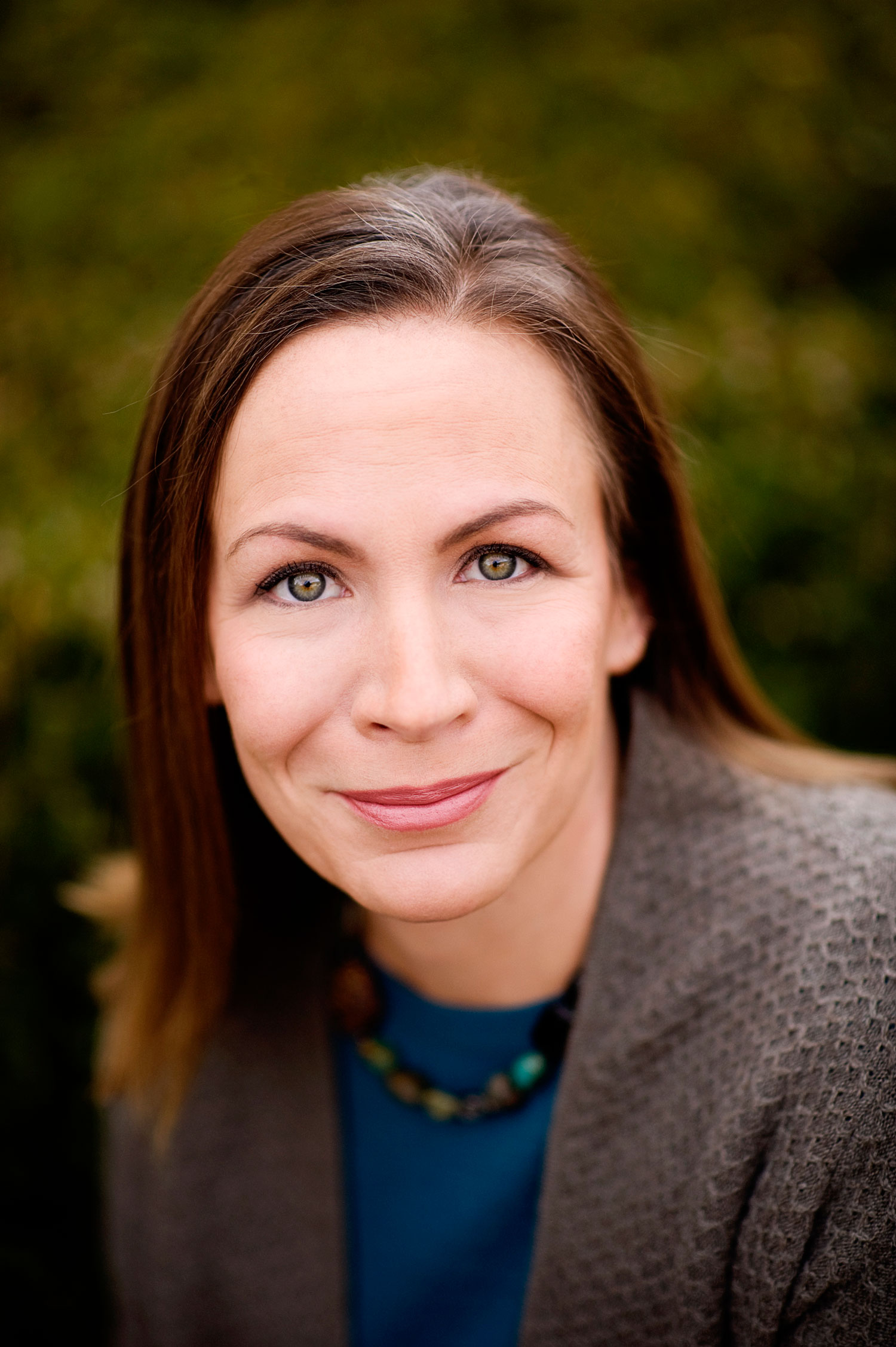Deaf Education: Let Advocacy and Collaboration Pave the Way
by Rachel Coleman, Director of ASDC
This article appeared in the 2019 Issue of Odyssey: New Directions in Deaf Education from the Laurent Clerc National Deaf Education Center at Gallaudet University.
Starting our Journey
Leah began preschool with a Deaf teacher as well as a one-to-one aide who was fluent in American Sign Language (ASL). This environment not only benefited our own deaf child, but the access to a complete visual language benefited each child in that preschool class. Having our deaf child’s educational needs met in the exact way we wanted was no accident; it was a result of advocacy and collaboration.
Seeking Advice
Collaboration first came through conversations with other parents of deaf children—parents who had already gone through this same process. We learned from their mistakes and from their successes. We relied on the expertise and kindness of Deaf professionals, like Dr. Lawrence “Larry” Fleischer, who attended Leah’s Individualized Education Program (IEP) meeting as an advocate. Dr. Fleischer armed us with research and facts, and he shared his own life experience.
Insisting on Language Models
 Originally, our school district had hoped that providing an ASL interpreter in a typical preschool class would meet Leah’s needs.We explained that our deaf 3-year-old didn’t know English, and as hearing parents, we weren’t fluent in ASL. Leah didn’t need someone to interpret what an English-speaking teacher was saying; our child needed to acquire a first language. In order to do that, Leah needed access to fluent signers who could model a visual language. Additionally, this would provide Leah with the opportunity to acquire language incidentally. We had learned that having one fluent signer in the classroom was not enough; two fluent signers were necessary for a complete visual language model.
Originally, our school district had hoped that providing an ASL interpreter in a typical preschool class would meet Leah’s needs.We explained that our deaf 3-year-old didn’t know English, and as hearing parents, we weren’t fluent in ASL. Leah didn’t need someone to interpret what an English-speaking teacher was saying; our child needed to acquire a first language. In order to do that, Leah needed access to fluent signers who could model a visual language. Additionally, this would provide Leah with the opportunity to acquire language incidentally. We had learned that having one fluent signer in the classroom was not enough; two fluent signers were necessary for a complete visual language model.
Finding What Works
I recently sat down with Dr. Marc Marschark, director of the Center for Education Research Partnerships at the National Technical Institute for the Deaf, who, in no uncertain terms, expressed that parent involvement is paramount when it comes to a deaf child’s success. While I wish the research showed that everything I chose for my own deaf child is right for all deaf children, it doesn’t. Instead, we find that there is no one-size-fits-all approach when it comes to educating deaf and hard of hearing children. We must consider the child, their strengths and needs, follow their lead, and be flexible.
Encouraging Self-Advocacy
As a student’s needs change, it is important that their IEP be reviewed and adjustments be made if necessary. One afternoon as the IEP team members discussed Leah’s educational needs, they wondered if an ASL interpreter was still necessary in Leah’s mainstream high school classrooms now that Leah had a cochlear implant. Leah stepped into the role of self-advocate, and as the only cochlear implant user on the IEP team, Leah’s firsthand experience proved invaluable. Our child shared, “In an ideal environment, I can understand a good amount of spoken English with my cochlear implant, but most classrooms are not ideal environments. ASL works for me in every environment.” Students who are able to advocate for themselves play a crucial role in educating and informing other members of the IEP team.
Creating Your Team
Over the years we have had IEP meetings where we felt frustrated or intimidated. One time we left the document unsigned since we felt the services listed were convenient for the school but would fail to meet our child’s needs. One team member pushed for what had worked for a different deaf child, not realizing it would not work for our deaf child. Remember, IEP team members are only human; this is why an IEP is not determined by only one person.
Over the years, we have also had IEP meetings that were relaxed and easy. We’ve worked with administrators and teachers who stood shoulder to shoulder with us, committed to solving and resolving all concerns. The best IEPs are collaborations created by a team of experts who trust and support one another throughout the process. Parents are the experts when it comes to their children. Students bring their own expertise, especially if they have the ability to self-advocate. Educators and school administrators know which resources and services are available. Teachers are involved in the day to day implementation of an IEP, and they support students in reaching their goals.
We all want what is best for our children, for deaf and hard of hearing students. We might define “what is best” differently, and that’s okay. Working together, we can leave deaf education better than we found it. Advocacy and collaboration pave the way.

Rachel Coleman is the executive director of the American Society for Deaf Children, the oldest national organization founded by and governed by parents of deaf children.
She is the Emmy award-nominated host and creator of “Signing Time!,” the American Sign Language vocabulary building series, broadcast on PBS stations, Netflix, Nick Jr., and www.mysigningtime.com.
Coleman and her husband, Aaron, reside in Cottonwood Heights, Utah, with their youngest child, Lucy, who has spina bifida and cerebral palsy. Their oldest child, Leah, is a proud deaf transgender person who is a senior at the National Technical Institute for the Deaf/Rochester Institute of Technology majoring in individualized studies with the concentrations of deaf cultural studies, design, and social inequalities.



